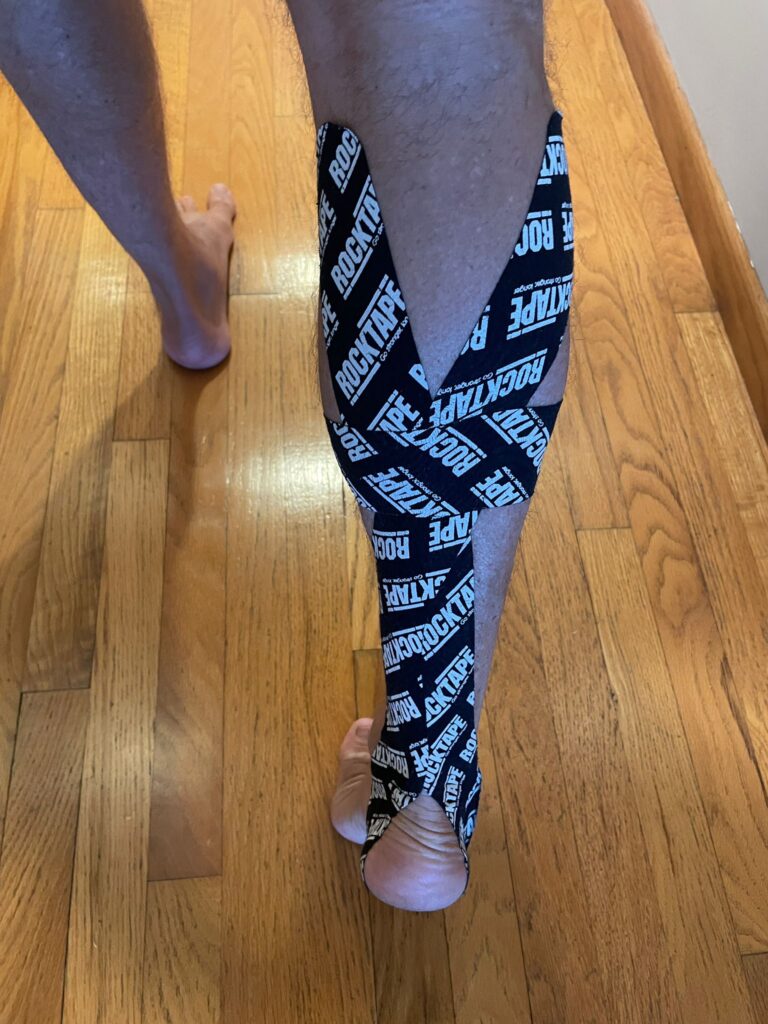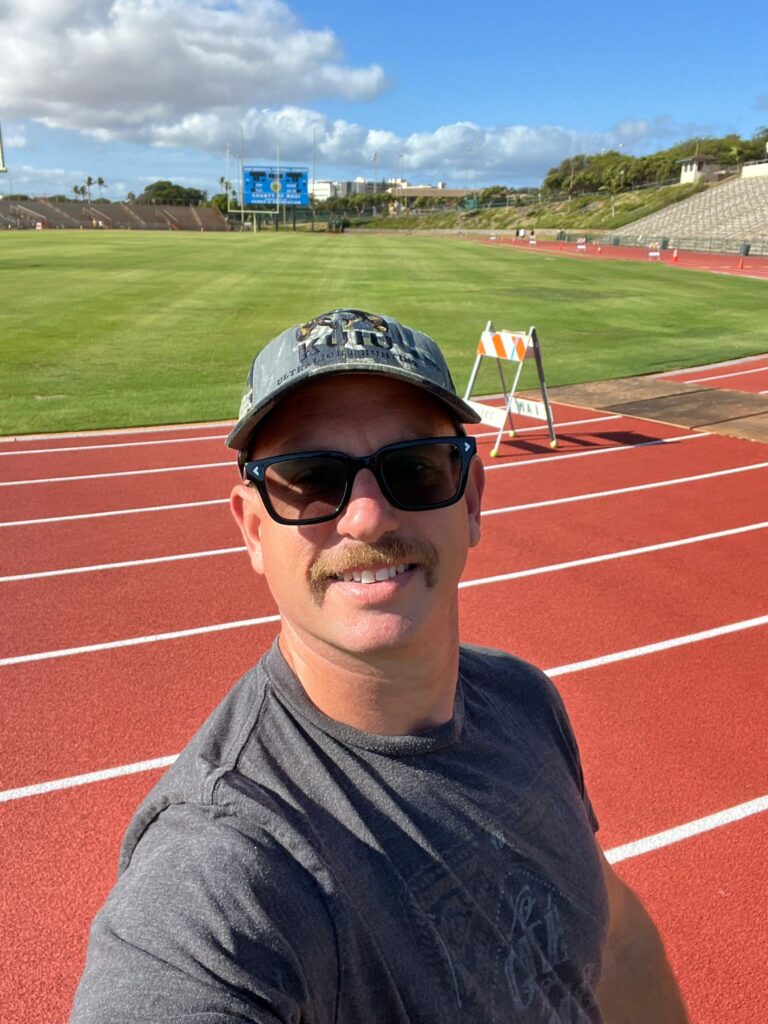THE BLOG
SportBodyWork
Overcoming Calf Strain: Running Pain-Free and Strong
Running is a beautiful and invigorating activity, but it can come with its fair share of challenges. One common issue that many runners face is calf strain. As an avid runner myself, I’ve experienced this problem multiple times, and it’s taught me valuable lessons about strengthening my muscles and adapting my stride. In this blog post, I’ll share my personal journey and insights into how to overcome calf strain and run pain-free.
Understanding the Soleus
The soleus, a deeper calf muscle, plays a significant role in preventing calf strains. Weakness in this muscle can lead to discomfort and hinder your running progress. To address this, I’ve been focusing on targeted exercises such as calf raises and bent knee calf raises. However, I realized that solely relying on bodyweight exercises wasn’t enough to prepare my soleus for the impact of running.
If you live in Hawaii, click here to book an in-person appointment.
Adding Resistance
To build the necessary capacity to handle the demands of running, I discovered the importance of adding weight to my bent knee calf raises. By incorporating resistance, I can effectively train my muscles to adapt and withstand the impact forces that occur while running. This simple adjustment has been a game-changer in my journey to overcome calf strains.
Changing the Stride
Another crucial aspect that I’ve learned is the significance of modifying my running stride. Shifting from being a heel striker to landing on the forefoot and midfoot has placed increased stress on my calf and soleus muscles. While this adjustment takes time and patience, it has proven to be a key factor in preventing calf strains and promoting a more efficient running form.
Managing Calf Strain
Despite our best efforts, calf strains can still occur. When it happens, I’ve found that taping the affected area and applying the foot pain protocol lower leg exercises can expedite the healing process. By providing support and targeted rehabilitation, I can typically recover within a week and resume my running routine.

Is plantar fasciitis stopping you in your tracks? Find out how to treat it yourself.
Running Pain-Free
My ultimate goal is to run without pain and enjoy the freedom of movement that comes with it. Running pain-free means being able to complete a 5k or longer distance race and carry on with my day as if nothing happened. While some muscle soreness is expected after longer races, extended joint pain should be a concern that needs addressing.
Join our community to access our Run Skool.
Be Patient and Listen to Your Body
Training our bodies for optimal running performance takes time and patience. Adapting muscles and tissues requires gradual progress and respecting our body’s limits. Give yourself the necessary time to build strength, endurance, and resilience. Remember, each person’s journey is unique, so be kind to your body and allow it to adapt at its own pace.

Overcoming calf strain and running pain-free is possible with the right approach. By addressing weaknesses, adding resistance training, adjusting your stride, and listening to your body, you can embark on a fulfilling running journey. Remember, running should be an enjoyable experience that leaves you energized and invigorated. So lace up those shoes, hit the pavement, and embrace the joy of running pain-free.
Happy running!
CATEGORY
7/14/2023